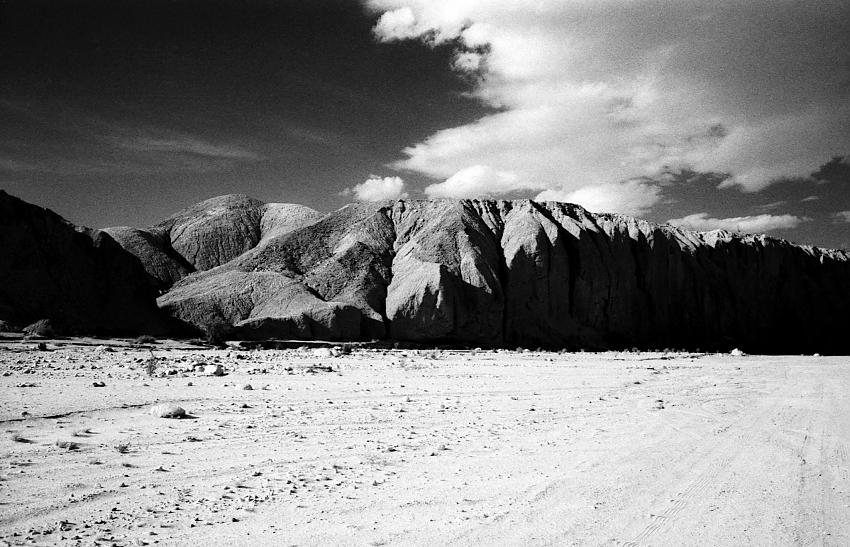sterioma
Member
A red filter is often described as the one giving the most "dramatic" effects in terms of separation of clouds from the sky. At times you see photos online where the sky looks almost black.
I have just acquired a Heliopan red filter (I believe it is the requivalent of a "25"), which I mounted in front of my 50mm Distagon lens and I can say that I was not blow away from what I have found. The sky these days in England is as blue as it can get, with frequent clearing after wind and storms. Still, while there is some separation between the clouds and the sky, it is nowhere near to be "dramatic".
I have used a polarizer in the past with my 35mm camera (mostly for slides), but I did not particarly like the gradient when using a wide angle lens. Is an infrared film my only option? Or should I just move to the mountains
Here's an example: film is HP5+ exposed at 160 with 3 extra stops for the red filter. Scan from negative, with no changes to contrast.

I have just acquired a Heliopan red filter (I believe it is the requivalent of a "25"), which I mounted in front of my 50mm Distagon lens and I can say that I was not blow away from what I have found. The sky these days in England is as blue as it can get, with frequent clearing after wind and storms. Still, while there is some separation between the clouds and the sky, it is nowhere near to be "dramatic".
I have used a polarizer in the past with my 35mm camera (mostly for slides), but I did not particarly like the gradient when using a wide angle lens. Is an infrared film my only option? Or should I just move to the mountains

Here's an example: film is HP5+ exposed at 160 with 3 extra stops for the red filter. Scan from negative, with no changes to contrast.








